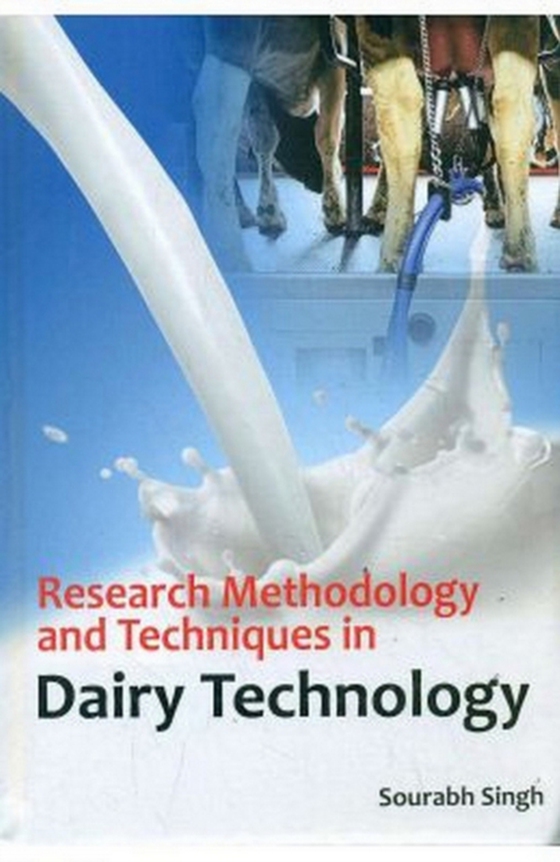
Research Methodology and Techniques in Dairy Technology e-bog
2190,77 DKK
(inkl. moms 2738,46 DKK)
Dairy and cheese manufacturers face many different technology challenges, including reducing costs, increasing flexibility, ensuring consistently high quality, and efficiently fulfilling regulatory requirements. In areas where cows are housed all year round, the waste problem is difficult because of the amount of feed that is brought in and the amount of bedding material that also has to be rem...
E-bog
2190,77 DKK
Forlag
Centrum Press
Udgivet
30 juni 2014
Længde
302 sider
Genrer
Food and beverage technology
Sprog
English
Format
epub
Beskyttelse
LCP
ISBN
9789354120923
Dairy and cheese manufacturers face many different technology challenges, including reducing costs, increasing flexibility, ensuring consistently high quality, and efficiently fulfilling regulatory requirements. In areas where cows are housed all year round, the waste problem is difficult because of the amount of feed that is brought in and the amount of bedding material that also has to be removed and composted. In the associated milk processing factories, most of the waste is washing water that is treated, usually by composting, and returned to waterways. This is much different from half a century ago, when the main products were butter, cheese and casein, and the rest of the milk had to be disposed of as waste. In many cases, modern farms have very large quantities of milk to be transported to a factory for processing. If anything goes wrong with the milking, transport or processing facilities it can be a major disaster trying to dispose of enormous quantities of milk. If a road tanker overturns on a road, the rescue crew is looking at accommodating the spill of 5 to 10 thousand gallons of milk without allowing any into the waterways. In dairyintensive areas, various methods have been proposed for disposing of large quantities of milk. These directives include feeding milk to livestock, spray irrigation or designating a sacrifice area. Large application rates of milk onto land, or disposing in a hole, is problematic as the residue from the decomposing milk will block the soil pores and thereby reduce the water infiltration rate through the soil profile. As recovery of this effect can take time, any land based application needs to be well managed and considered. Written for food technologists making dairy products, the book is also an essential source of reference for the industries ingredient suppliers and equipment manufacturers, and those working in academic and research institutions.
 Dansk
Dansk

